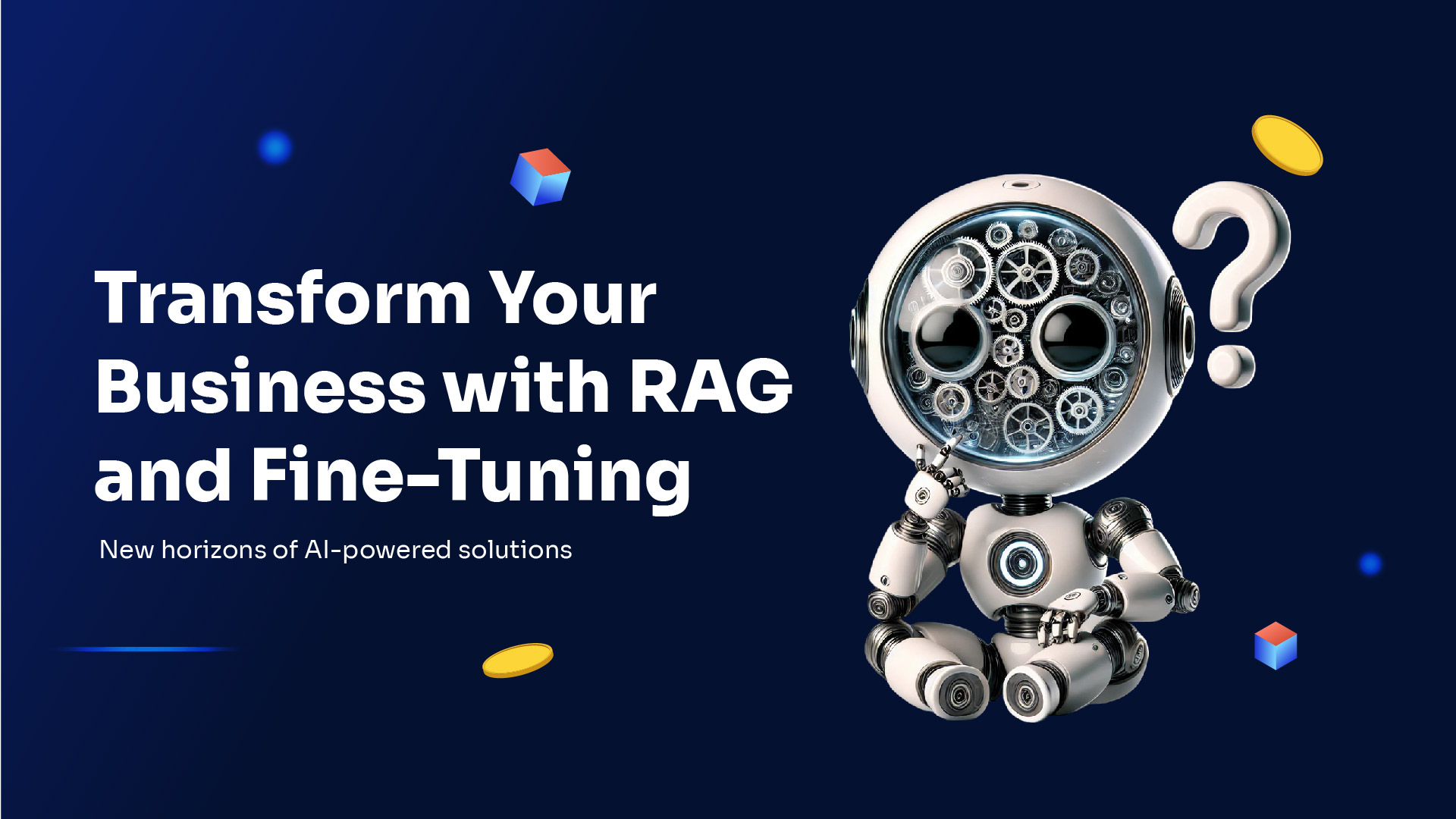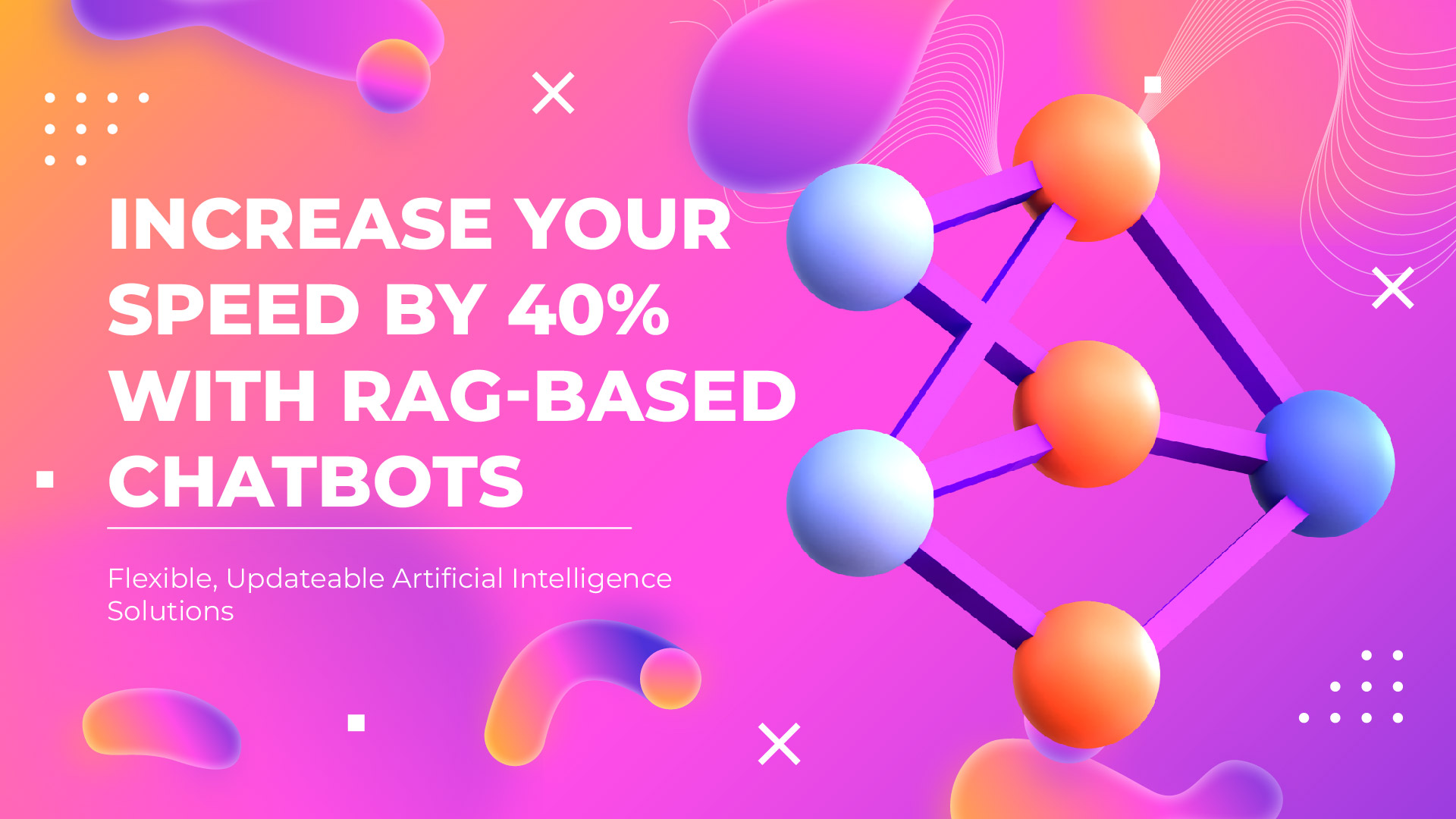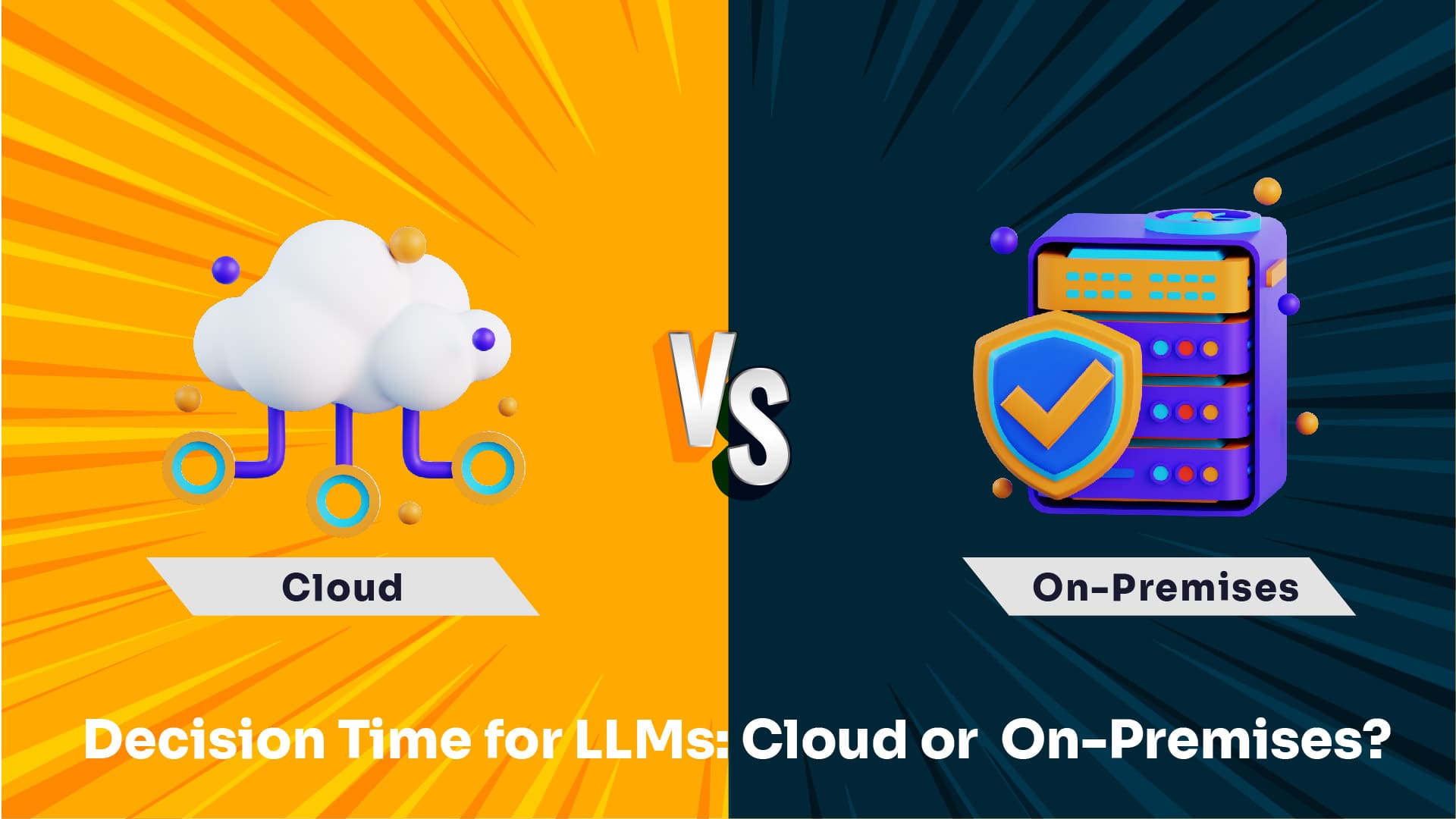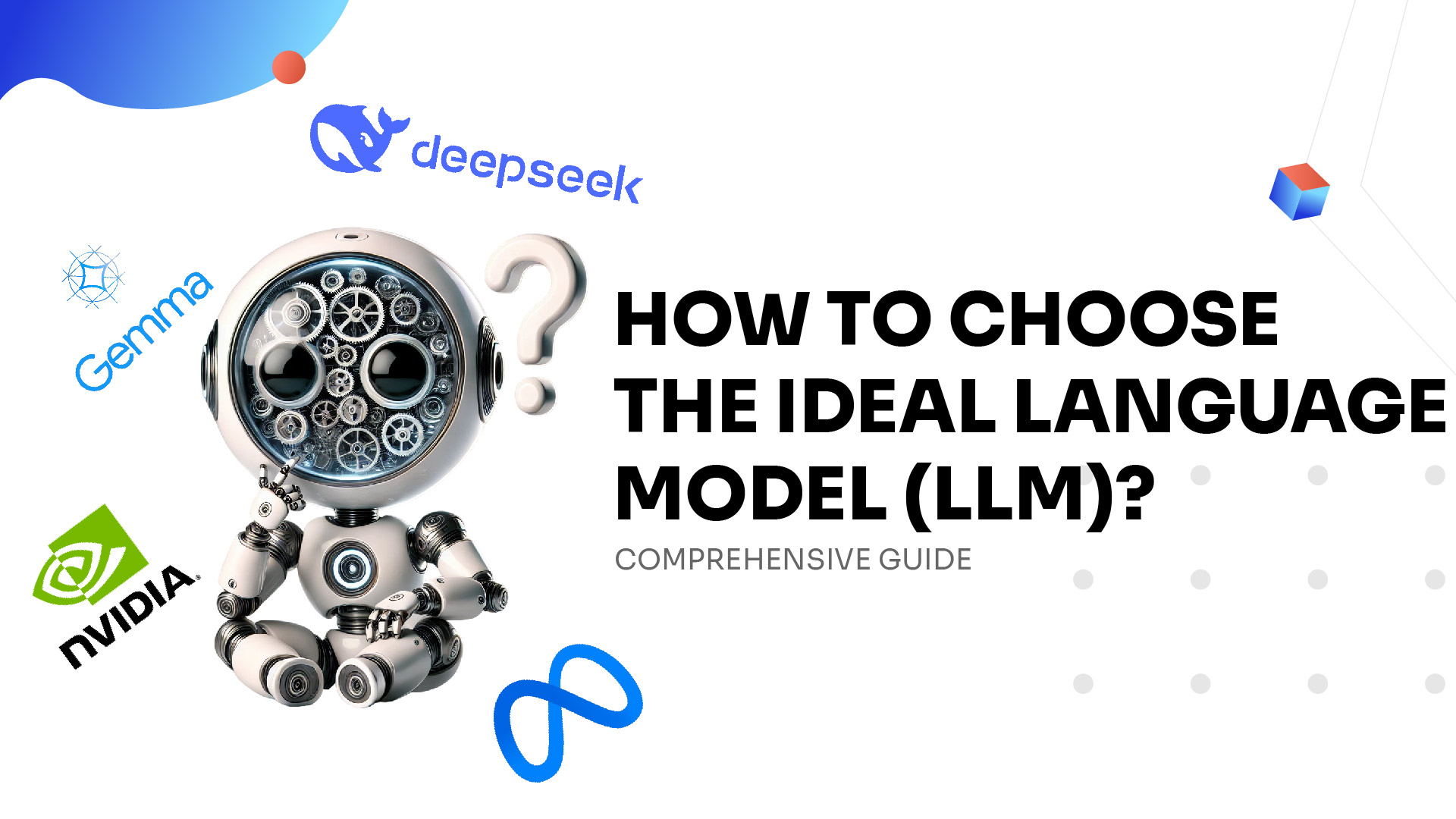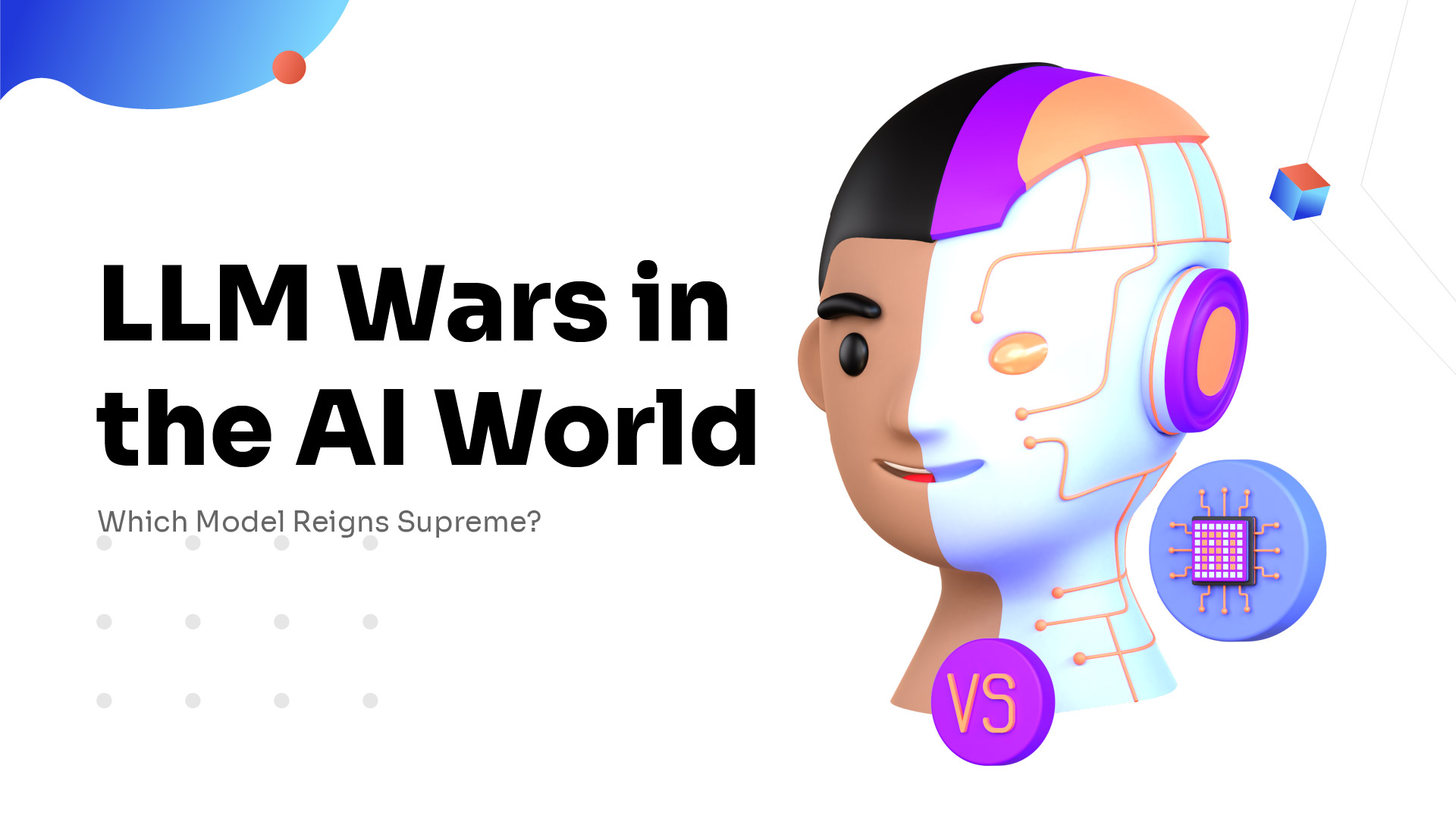Discover the Power of LLMs: Transform Your Business with RAG and Fine-Tuning!
Introduction: New Horizons in AI-Powered Solutions
Today, large language models (LLMs) are revolutionizing many areas, including data analysis, customer interaction, and content generation. However, optimizing these models for specific needs and using them in the right context is critical for businesses to gain a competitive edge. At Valnox, we work with our partners to provide tailored solutions using the latest AI techniques. In this article, we will explore how LLMs can be optimized using two powerful techniques: Retrieval-Augmented Generation (RAG) and Fine-Tuning from a scientific perspective.
What is Retrieval-Augmented Generation (RAG) and How Does It Work?
Retrieval-Augmented Generation (RAG) is an innovative approach that combines traditional language models with information retrieval techniques. Introduced by Facebook AI in 2020, this technique integrates external information sources into text generation processes, allowing the model to produce enriched responses using not only internal information but also external knowledge.
Technical Components of RAG:
• Retriever: Takes the user’s query and retrieves potentially useful information from a large knowledge base (e.g., a document pool or database) using similarity search algorithms. This step provides the contextual information the model needs.
• Generator: A pre-trained language model (e.g., GPT-3 or BERT) generates the final response using the user’s query and the information retrieved by the retriever. This allows the model to produce more accurate and contextually rich answers.
Scientific Advantages of RAG:
• Accuracy and Reliability: RAG enhances the accuracy of the language model’s responses by supporting them with external information. For example, in fields such as medical diagnoses or legal analyses, responses generated by RAG using external knowledge sources are more reliable than those based solely on internal information.
• Up-to-Date Information: RAG enables the model to produce responses using up-to-date information by utilizing external sources. This is a critical advantage, especially for industries that work with rapidly changing information (e.g., finance or technology).
• Contextual Information Integration: RAG expands the context of the model’s responses by integrating external information into the language model. This allows the model to better answer complex and multi-layered questions.
Technical Limitations of RAG:
• Challenges in Information Retrieval: Retrieving the most relevant information from large and diverse datasets can be difficult. As the knowledge base expands, selecting the most suitable information becomes more complex for RAG.
• Contextual Mismatch: Aligning the retrieved information with the model’s generation process can be challenging. This becomes more pronounced, especially when using information sources of different formats or types.
What is Fine-Tuning and How Does It Work?
Fine-Tuning is the process of optimizing a pre-trained model for a specific task or dataset. This technique adapts the model’s general knowledge to a specific domain, yielding more precise and accurate results. Fine-Tuning is usually performed using a small amount of labeled data and significantly improves the model’s performance.
Technical Components of Fine-Tuning:
• Pre-Trained Models: This step begins with models trained on large datasets. For example, models like GPT-3 have a general understanding of language but are not optimized for specific tasks.
• Task-Specific Data: The fine-tuning process is conducted using a small dataset related to a specific task. This dataset contains the information necessary for the model to perform the specific task.
• Layer Adjustment: Specific layers of the pre-trained model are re-trained according to the task-specific dataset. Typically, the initial layers of the model are frozen, and the final layers are re-trained to adapt to the new task.
• Hyperparameter Optimization: Hyperparameters such as learning rate and batch size are adjusted to optimize the model’s performance. This step ensures that the model performs best on a specific task.
Scientific Advantages of Fine-Tuning:
• Customized Performance: Fine-tuning enables the model to perform well on a specific task or domain. For example, a model fine-tuned for analyzing legal documents can outperform a general-purpose model.
• Data Compatibility: Fine-tuning adapts the model to a specific dataset. This is critical, especially in sectors subject to regulations (e.g., healthcare or finance).
• High Performance with Less Data: Fine-tuning allows for high performance with a small amount of data. This is a significant advantage, especially in areas where data collection is difficult.
Technical Limitations of Fine-Tuning:
• Static Knowledge Base: Fine-tuned models are limited by the training data and can be difficult to update with new data. This is a disadvantage for sectors that work with constantly changing information.
• AI Hallucinations: Fine-tuned models may produce incorrect or fabricated responses in situations they were not trained for. This can reduce the model’s reliability.
• Cost and Time: The fine-tuning process requires significant computational power and time. Additionally, preparing the data and expert knowledge needed to train the model can be substantial.
RAG vs. Fine-Tuning: When is Each Technique More Suitable?
RAG and Fine-Tuning techniques have strengths that stand out in different scenarios. Depending on your business needs, using one or both of these techniques can be critical to maximizing model performance.
When RAG is Suitable:
• Dynamic Databases: RAG is ideal for situations that require access to constantly updated databases. For example, in fields such as medical research or financial analysis, a RAG model can produce more accurate results by using the latest information.
• Long-Tail Queries: RAG enables more accurate responses to complex and multi-layered queries. For example, RAG offers a significant advantage in fields such as law or academic research, where information is required from multiple sources.
When Fine-Tuning is Suitable:
• Specific Tasks: Fine-tuning is the best option when models optimized for a specific task are required. For example, fine-tuning is ideal for specific tasks such as analyzing legal documents or generating text in a particular language.
• Data Compatibility and Privacy: In sectors like healthcare, finance, and law, fine-tuning can increase data privacy by making the model compliant with specific regulations.
• Limited Labeled Data: Fine-tuning is used to achieve the best results with existing data in areas with limited labeled data.
Conclusion: Custom LLM Solutions with Valnox
At Valnox, we use RAG and Fine-Tuning techniques to provide AI solutions tailored to your business needs. By customizing the power of these techniques to your business’s specific requirements, we enhance efficiency and provide a competitive advantage. Whether it’s retrieving information from dynamic data sources or developing models specialized in a particular field, Valnox knows how to optimize AI solutions to meet your business goals.

